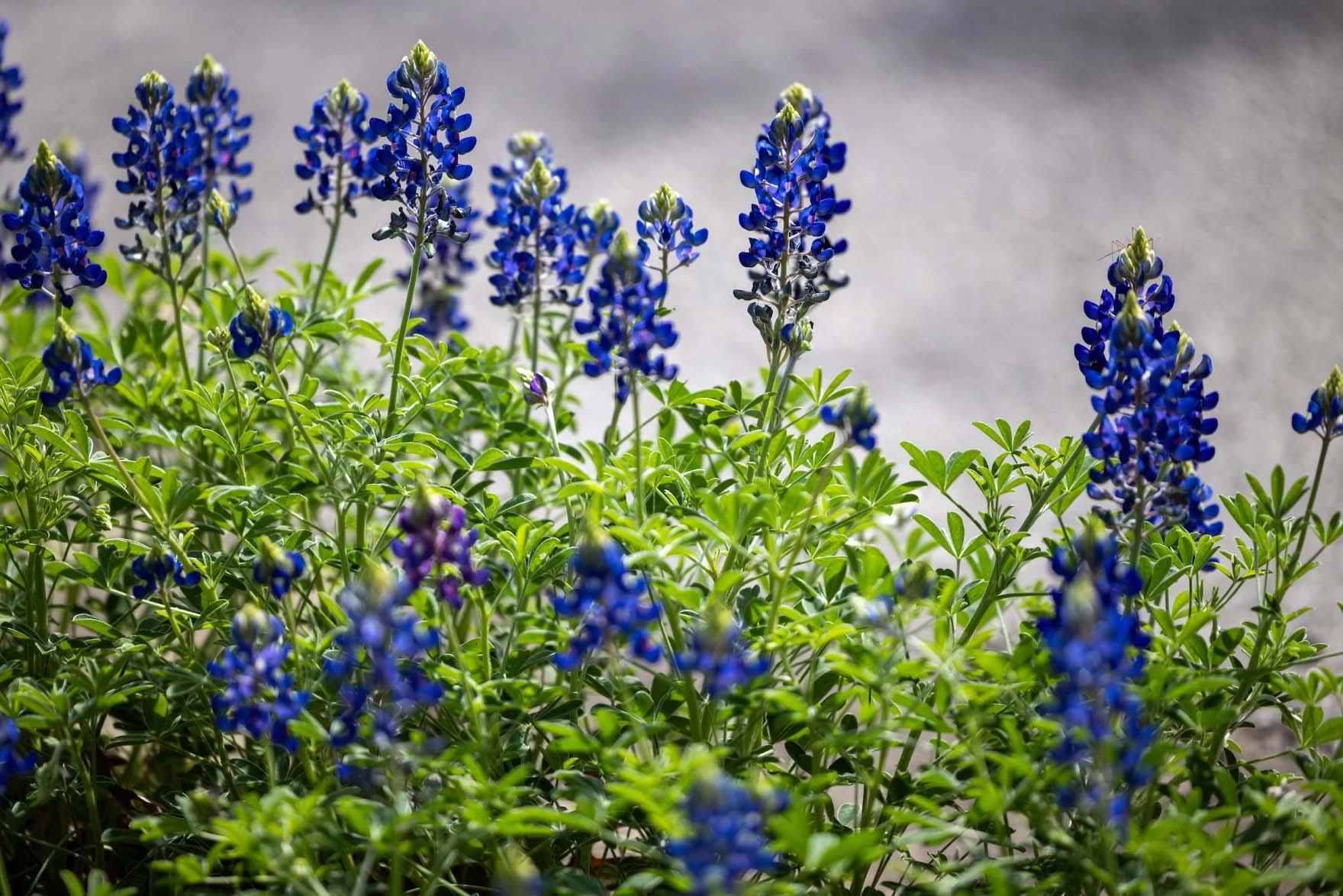From KUT News:
Geeta Persad drives by thousands of bluebonnets along MoPac Expressway on her way to work in the spring.
Growing up in Austin, she’s seen wildflowers her whole life. Her family kept a bluebonnet patch in their front yard. Persad said the bluebonnets bloomed every year without fail.
“I don’t know what the secret to success was there, because it was just some random corner of the yard, but they seemed happy there,” she said.
Persad is an assistant professor at UT Austin’s School of Geosciences who lives in Barton Hills. Two years ago, she sprinkled bluebonnet seeds in her front yard hoping to grow her own patch — but she only got one bluebonnet after months of waiting.
So, she asked KUT’s ATXplained project how the city maintains the bluebonnets by the highways and how to grow them at home.
“I had in my head that bluebonnets were really resilient,” she said. “If they can just pop up on the side of the road, then surely they’ll just pop up in my yard.”
A ‘microclimate’ on the highway
The bluebonnet meadows along MoPac stem from the Texas Department of Transportation’s Wildflower Program, which began in the 1930s. TxDOT sows about 30,000 pounds of wildflower seeds across the state every year. One pound includes thousands of seeds, said Traviz Jez, TxDOT’s vegetation specialist. Jez said the TxDOT Austin District oversees the wildflowers on MoPac, adding or replenishing the wildflowers around the city as needed.
Jez said maintenance is key for flourishing meadows. TxDOT delays the mowing of the fields beside the highways until early summer, according to the department. This allows new seeds from fully grown wildflowers to be dispersed. Seasonal mowing also reduces the presence of invasive species like Johnson grass and weeds.
“We need to get bad plants out so that the wildflowers can propagate and drop the seed properly and don’t have as much competition,” Jez said.
Flowers along the highway tend to bloom earlier because most roads are paved with asphalt, which reflects heat from the sun and brings warmer conditions, said Amy Medley, the Lady Bird Johnson Wildflower Center’s lead horticulturist.
“It’s almost like it’s progressed in the season. … Warmer spring temperatures will create or encourage earlier blooms, and so we saw that this year,” she said. “The highway creates a little bit of a microclimate.”
Medley said the side of the highway is an ideal place for bluebonnets. Since overgrazed fields have poor-quality soil, other plants cannot easily grow on them. Both TxDOT and the Wildflower Center said bluebonnets thrive without competition.
Bluebonnet seeds germinate in the fall. This means the seeds begin to sprout and form a rosette — a circular bunch of leaves — which is triggered by factors such as the weather. Medley said frequent rain contributes to a lush bluebonnet season. She said bluebonnets can also survive extreme weather in the summer and winter.
“When we have good fall rain, that means more of those seeds – and therefore plants – can actually grow and live on to the spring when they bloom,” she said.
‘A labor of love’
To grow bluebonnets in your yard, Jez said, plant seeds in an area with ample sunlight and moisture. Bluebonnets may struggle to sprout up in home gardens since most of them contain added compost and nutrients, unlike the soil beside the highways, according to the Wildflower Center.
Medley said some home gardeners opt to have a gravel bed in their yard just for bluebonnets. This is a mixture of soil and fine pea gravel that provides more drainage and limits nutrients.
“They love to grow in gravel and don’t have any problem growing in it because they are really drought-tolerant and don’t require a whole bunch of nutrients to grow,” she said.
Matthew Wottrich has successfully grown bluebonnets at two homes he’s owned in the Austin area. He said he planted seeds in the fall of 2020 and 2021 respectively, and his bluebonnet meadows bloomed in about 18 months.
Wottrich has a YouTube channel called Austin Texas Gardening that shows the flowers, fruits and vegetables he cultivates. He released an updated guide about growing bluebonnets on April 5.












